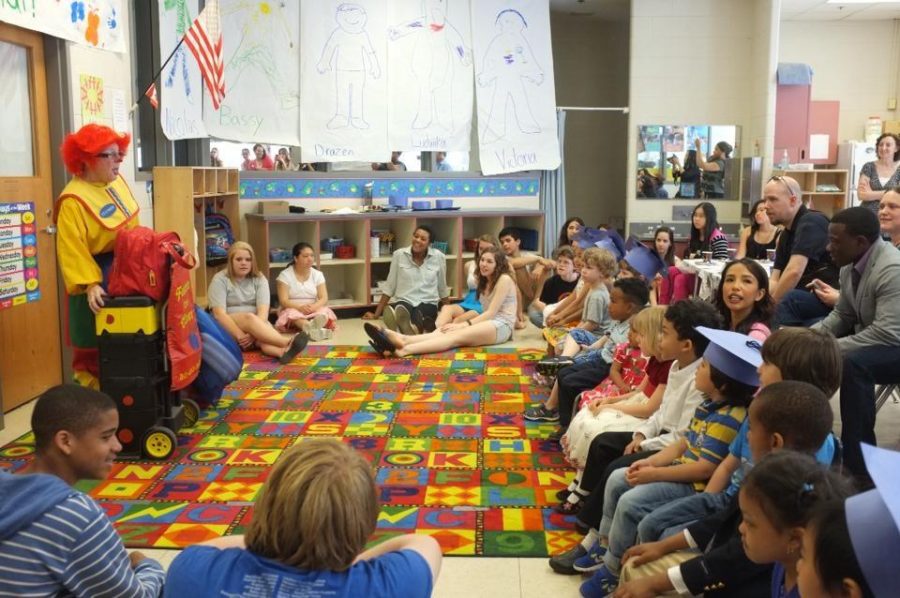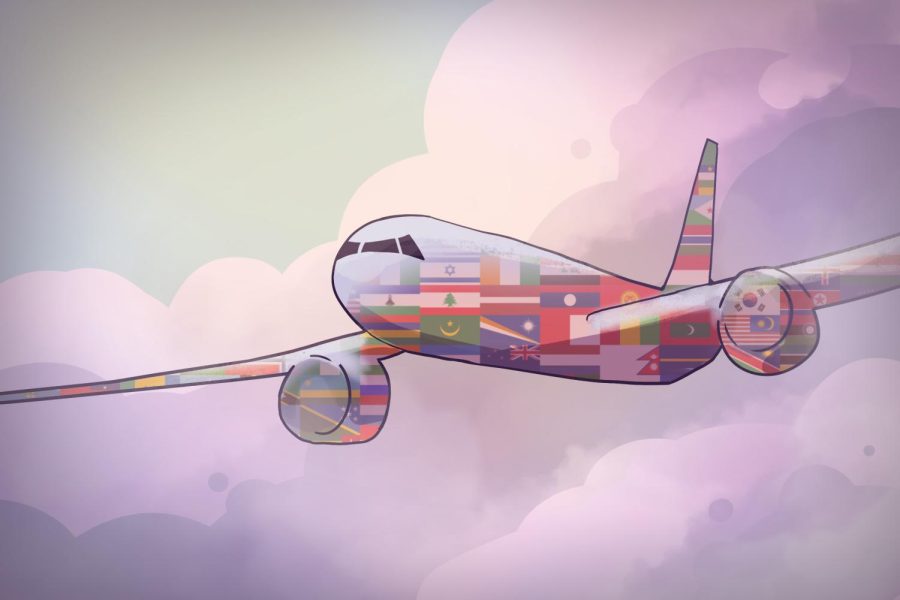The Merriam-Webster Dictionary defines a holiday as a day sent from the gods for fatigued children to finally sleep in and for overtired parents to not go to work (not actually, but I wish). Yet we often forget the meaning behind holidays, how they formed, and why they matter (besides from getting candy on Halloween).
Thus I present to you some background information on certain holidays. These are facts that you can whip out at any time—with many benefits from impressing your crush to getting into that Ivy League.
1. Halloween: This upcoming holiday first originated 2,000 years ago in Ireland, Northern France and the United Kingdom as a Celtic tradition. The Celts believed that Nov. 1 marked the end of summer and the beginning of winter, which was often associated with death.
They thought of Nov. 1 as the beginning of the New Year and celebrated New Year’s Eve Oct. 31. Their celebrations included burning crops and animals in huge bonfires as sacrifices to the Celtic gods and wearing costumes made of animal skins and heads.
2. Father’s Day: On July 5, 1908 (38 years after the unofficial start to Mother’s Day and the same year Mother’s Day was announced as a commercial holiday), a West Virginia church held a sermon to honor 362 men that had died in a coal mining accident. At that point, Father’s Day did not exist because retailers thought fathers did not have the same sentimental value as mothers did, and thus there would be little revenue from Father’s Day. After many attempts to make it a holiday, President Woodrow Wilson finally established the holiday in 1916.
During the 1920s and 1930s, a movement to combine Mother’s Day and Father’s Day into a single Parent’s Day gained popularity. However, the Great Depression-era retailers argued against this movement, saying a combined holiday would lower sales. This battle ended in 1972 when President Richard Nixon signed a proclamation making Father’s Day a national holiday.
3. St. Patrick’s Day: Saint Patrick lived in the fifth century and was born in Britain, only to be kidnapped and taken as a slave to Ireland at the young age of 16. He escaped but returned to Ireland later, bringing Christianity with him. Beginning in the ninth century, Irish people have had annual feasts commemorating Patrick on March 17. The first parade for this holiday, however, took place in New York—not Ireland. Irish soldiers in the English army expressed their Irish patriotism by marching in the streets of New York City.
In the mid-nineteenth century, as Irish immigrants began pouring into America due to the Potato Famine, St. Patrick’s Day was portrayed as a joke in many American newspapers—which contained cartoons of drunk Irish men beginning fights in bars. Soon afterwards, the Irish Americans began to realize their strength due to their immense numbers, and their “green machine” voting demographic was used to emphasize their power. Not long after, St. Patrick’s Day became a respectable holiday, and President Truman even marched in the parade in 1948.









